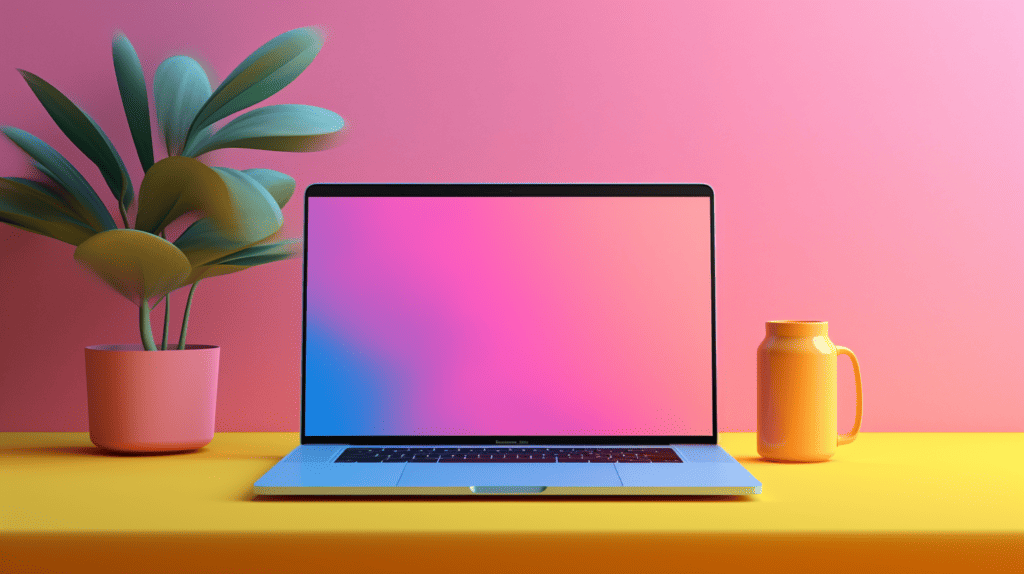Building a second brain can be a game-changer for those who want to increase their productivity and lead a more fulfilling life with more ease and less stress. But what exactly is a second brain? It’s a personal knowledge management system that allows you to capture, organize, and retrieve information effectively.
To build a second brain, there are a few practical steps you can take right now. Think about your second brain as an intimate commonplace book or journal. What do you most want to capture, learn, explore, or share? Identify two to three kinds of content you already value to get started with. This will help you curate and manage your personal information stream and create a digital environment that promotes clarity and peace of mind.
Understanding the Second Brain
A second brain is an external system that helps you capture, organize, retrieve, and archive your thoughts and ideas. It is a way to externalize what is in your head, allowing you to free up cognitive bandwidth and focus on creativity and problem-solving.
The concept of a second brain is based on the idea that our brains are not designed to store and recall large amounts of information. Instead, our brains are better suited for processing and analyzing information. By offloading information to an external system, we can free up our brains to focus on higher-level thinking.
A second brain can take many forms, depending on your needs and preferences. Some people prefer to use a simple note-taking app, while others may use a more complex system that includes multiple apps and tools. The key is to find a system that works for you and allows you to capture, organize, and retrieve information quickly and easily.
Principles of Building a Second Brain
Building a second brain is a methodology for saving and systematically reminding us of the ideas, inspirations, insights, and connections we’ve gained through our experience. Here are the four key principles (CODE) of building a second brain:
Capture
The first principle is to capture all of the ideas, notes, and information that come our way. We need to have a system in place that allows us to quickly capture and store any information that we come across. This can be done using a note-taking app, a voice recorder, or even a simple pen and paper. The key is to make sure that we capture everything that comes our way, no matter how small or insignificant it may seem.
Organize
The second principle is to organize all of the information that we capture. We need to have a system in place that allows us to categorize and tag all of our notes and ideas. This can be done using a hierarchical system of folders or tags. The key is to make sure that we can easily find and retrieve any information that we need, when we need it.
Distill
The third principle is to distill all of the information that we capture and organize. We need to have a system in place that allows us to extract the most important and relevant information from our notes and ideas. This can be done by summarizing or synthesizing our notes, or by creating mind maps or diagrams. The key is to make sure that we are not just collecting information, but that we are also actively processing and analyzing it.
Express
The fourth principle is to express all of the information that we capture, organize, and distill. We need to have a system in place that allows us to share our ideas and insights with others. This can be done by writing blog posts, creating presentations, or simply having conversations with colleagues. The key is to make sure that we are not just hoarding our ideas, but that we are also sharing them with others and getting feedback.
Choosing the Right Tools
When it comes to building a second brain, choosing the right tools is crucial. In this section, we’ll explore some of the most popular tools for building a second brain and discuss their pros and cons.
Digital Note-Taking Apps
Digital note-taking apps are a great way to capture and organize your thoughts, ideas, and notes. Some popular note-taking apps include Apple Notes, Google Keep, Evernote, OneNote, and Bear App. Each of these apps has its pros and cons, and the best one for you will depend on your personal preferences and needs.
Apple Notes and Google Keep are both simple and easy to use, making them great choices for beginners. Evernote and OneNote are more feature-rich and can be used for more complex note-taking and organization. Bear App is a minimalist note-taking app that’s great for writers and creatives.
Project Management Software
Project management software can be a powerful tool for building a second brain. Some popular project management software includes Trello, Asana, and Notion. These tools allow you to create tasks, set deadlines, and track your progress.
Trello is a simple and easy-to-use tool that’s great for visual thinkers. Asana is a more complex tool that’s great for teams and collaboration. Notion is a versatile tool that can be used for everything from note-taking to project management.
Cloud Storage Services
Cloud storage services are essential for building a second brain. They allow you to store your notes and documents in the cloud, so you can access them from anywhere. Some popular cloud storage services include Google Drive, Dropbox, and iCloud.
Google Drive is a great choice if you use Google’s suite of apps, like Google Docs and Google Sheets. Dropbox is a versatile tool that can be used for both personal and professional use. iCloud is a great choice if you’re an Apple user and want to seamlessly sync your notes and documents across all your devices.
Implementing a Second Brain
Once you have established your goals and chosen the tools that work best for you, it’s time to start implementing your second brain. In this section, we will cover the three key elements of successful implementation: establishing a routine, systematic information input, and regular review and maintenance.
Establishing a Routine
Establishing a routine is crucial to ensure that you are consistently using your second brain. Start by setting aside a specific time each day to input new information and review your existing notes. This could be a dedicated hour in the morning or evening, or even just 15 minutes during your lunch break. Consistency is key, so make sure to stick to your routine as much as possible.
Systematic Information Input
To make the most of your second brain, it’s important to have a system for inputting information. This could include creating a standardized note-taking template, using tags and keywords to categorize your notes, or even using voice-to-text software to quickly capture your thoughts. Whatever system you choose, make sure it is easy to use and fits your personal style.
Regular Review and Maintenance
Regular review and maintenance are essential to keep your second brain organized and up-to-date. Set aside time each week to review your notes and make any necessary updates or changes. This could include deleting outdated information, adding new notes, or reorganizing your existing notes. By regularly reviewing and maintaining your second brain, you ensure that it remains a valuable tool for years to come.
Conclusion
In conclusion, building a second brain is a powerful way to enhance our productivity, creativity, and learning. It allows us to externalize our knowledge, connect our ideas, and express ourselves more clearly. We encourage you to explore this concept further and find the tools and methods that work best for you.
We have seen that building a second brain involves a four-part method called CODE – Capture, Organize, Distill, and Express. We have also learned that to build a second brain, we need to choose a platform, capture everything, organize it, and distill it into actionable insights.
Building a second brain is a journey of digital empowerment and cognitive enrichment. It’s not just about information storage; it’s about curating a treasure trove of knowledge that enhances our learning, creativity, and decision-making.
Frequently Asked Questions
How can we improve our productivity using the Second Brain method?
Building a Second Brain can help us to organize our thoughts, ideas, and information in a systematic way, making it easier to access and use when we need it. By using this method, we can save time and increase our productivity by reducing the need to search for information or ideas that we may have forgotten.
What are some recommended apps for building a Second Brain?
There are several apps that can be used to build a Second Brain, such as Notion, and Obsidian. Each of these apps has its own unique features and benefits, so it’s important to choose the one that best fits our needs and preferences.
What are some key strategies for building a Second Brain in Notion?
Some key strategies for building a Second Brain in Notion include:
- Creating a database for each category of information
- Using templates to standardize the format of our notes
- Using tags and filters to organize and search for information
- Using linked databases to connect related information across different databases
- Using the Kanban board view to visualize our workflow and progress

